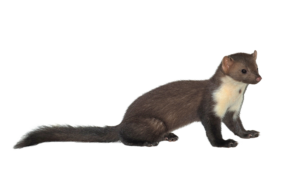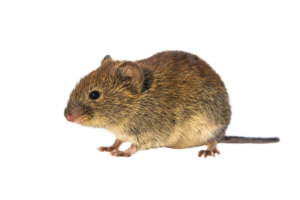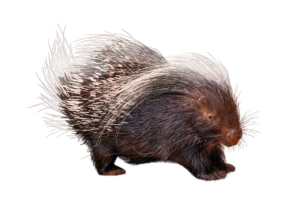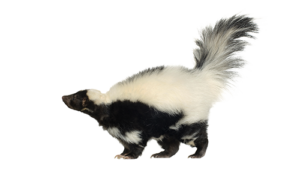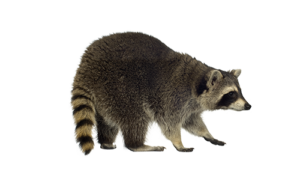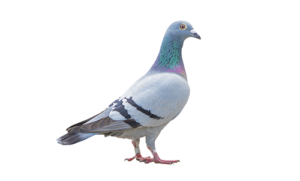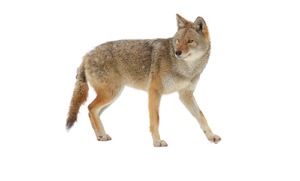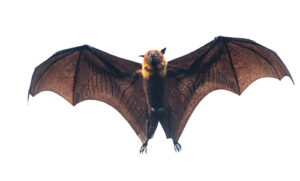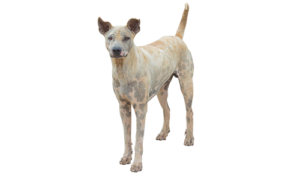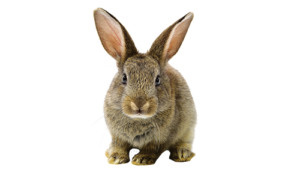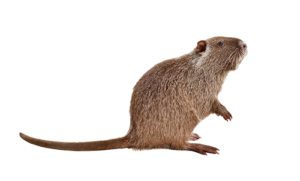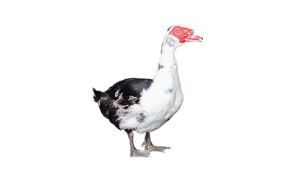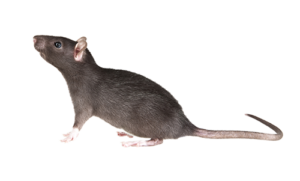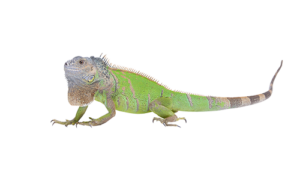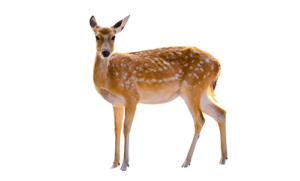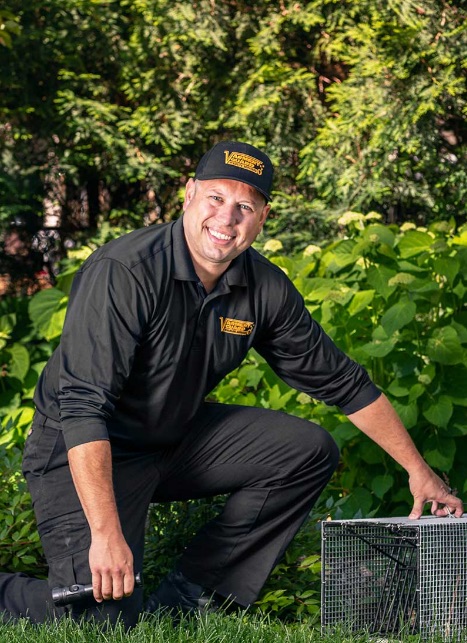Once a squirrel makes a residence or building their home they become a nuisance. These creatures cause damage to the interior of homes creating multiple hazards, including structural and fire. Once homeowners discover squirrels are residing in their home it is necessary to take action and evict these pesky animals. Hiring a squirrel trapping and removal company is the best course of action homeowners can take when dealing with squirrels in their home.
Types of squirrels
There are 289 types of squirrels in the world, with 22 percent of those species found in the United States. The different types of squirrels found in the United States include tree squirrels, prairie dogs, flying squirrels, ground squirrels, marmots, and chipmunks.Gray squirrels are the most common squirrels found in the country, including eastern gray squirrels, western gray squirrels, and Arizona gray squirrels. The most common squirrels found in urban areas include tree squirrels and fox squirrels.
What attracts squirrels
Squirrels are foragers, meaning they go out searching for their food. They search for nuts and berries they can store to eat during the winter months. Squirrels are attracted to areas where they can easily access food sources. This includes fruit trees, vines, and birdfeeders. They prefer to forage for food close to their habitat away from urban areas, but will venture near homes if food sources are scarce.
Another thing that attracts squirrels is a quiet place offering shelter. Squirrels seek out somewhere they can rest and sleep in peace away from nocturnal animals that might prey upon them. Common places squirrels like within a home include attics, crawl spaces, and inside walls. These places are quiet, difficult access, and the perfect place for squirrels to store their nuts and berries for winter.
Issues with squirrels
Squirrels may look innocent and are exciting to watch, however, once allowed to invade a home these creatures suddenly become a nuisance animal. Homes offer squirrels shelter, a place to store food, and to bear their young. Many times, when squirrels invade a home they hide in the walls, attics, chimneys, and other areas that are not frequently used by humans.
Once squirrels get inside the home, they can cause all kinds of damage to the structure. Damage caused by squirrels may include gnawing on siding, wood, and electrical cables. Those who have had squirrels in the home have reported these animals strip the insulation from around wires. The exposed wires can cause electrical shorts or fires within the home.
Diseases
Squirrels carry a range of diseases which are transmitted through their feces and urine. Bacteria and spores from their feces and urine are easily transferred to the air. Once airborne, the spores and bacteria easily spread throughout the home through the ventilation system. This can be harmful for both humans and domesticated animals living in the home.
Spotting squirrel presence
There are many signs to alert homeowners to the presence of invading squirrels. The most common sign is seeing chew marks on wood, especially entry holes created by the squirrel to gain access to the inside of the home. Other signs include greasy rub marks, claw marks, squirrel droppings, wood and insulation damage, and by seeing them. You will see tree squirrels during the day and flying squirrels, which are nocturnal, at night.
Keep an eye open for all these signs to determine if there is a squirrel living in the home. If there is, call a local squirrel trapping and removal service for help. Let the professionals remove the squirrels, help clean up any messes produced by the animals, and help with prevention measures to keep future squirrels out of the home.
Protecting a home from squirrels
Squirrels are clever at finding ways to get into a home. They can enter the home through a crack in the ventilation or a gap in the wood. Even if the holes are small, squirrels will work to make it larger for easier access in and out of the home. To prevent squirrels from getting into the home, conduct a thorough inspection and seal up any holes or gaps. Common areas to search for these entry points include eaves of the home, window sills, vents, and chimneys.
Additional prevention measures can include trimming tree branches away from the home and removing potential food sources from the yard. This includes not having fruit trees, setting up bird feeders or leaving out food and water for the squirrels. Squirrel trapping and removal companies can help identify points of entry and come up with a plan to protect the home.
Squirrel trapping and removal experts
Removing unwanted squirrels requires knowledge that the average homeowner does not have. Especially in areas where squirrels such as gray and fox are classified as game animals. Game animals require a specific license to trap, remove, and relocate. Plus, several regions allow certain types of squirrels to be removed only if they are physically damaging property. Otherwise they need to be left alone. Hiring an expert to come out, survey the situation, and remove the animal is the best way to handle ridding a home of unwanted squirrels.
Hiring a trapping and removal service company
Homeowners in need of assistance removing unwanted squirrels in their home should call a wildlife expert for some help. Squirrel trapping and removal service companies are trained in safely removing and relocating these animals in a humane way. Many of these companies also help homeowners with prevention methods to secure the home from future squirrel squatters. When hiring someone to help remove squirrels from the home ask about any guarantees for the service and if the company offers any type of follow up service.
Squirrels can be fun to watch, especially when they are playing and running around in the yard. However, these animals can quickly become a nuisance when they enter the home and set up their nests. Hiring a squirrel trapping and removal service company experts allows the experts to do all the work, giving homeowners peace-of-mind their home is squirrel free.

